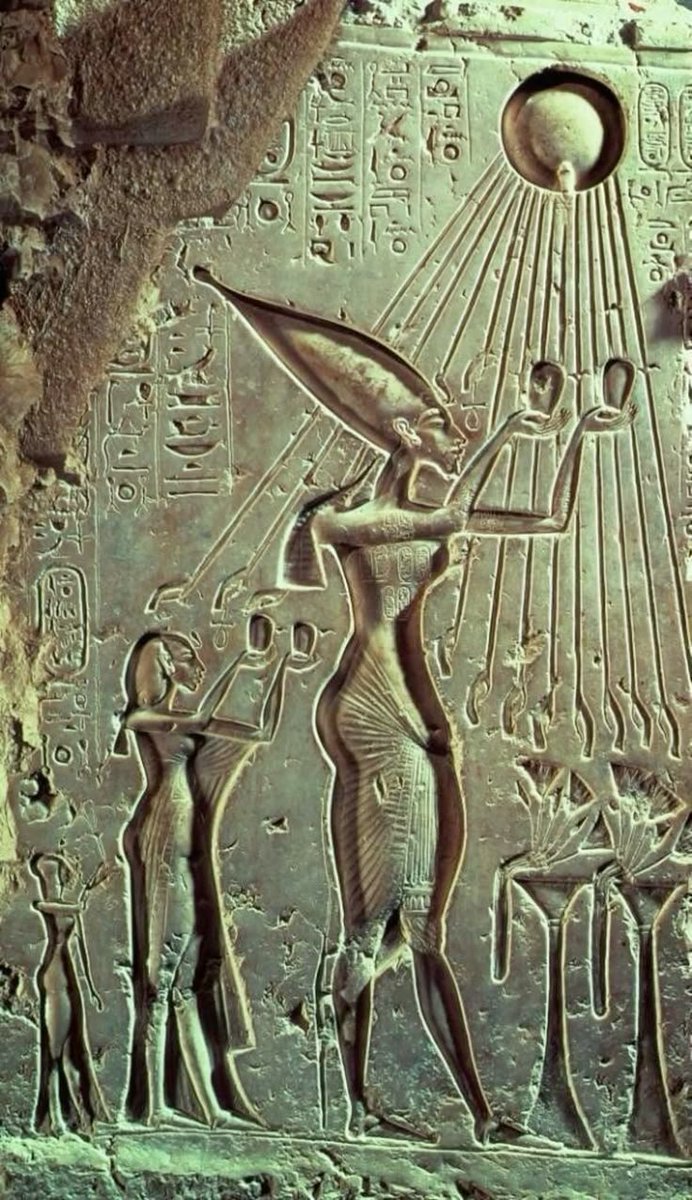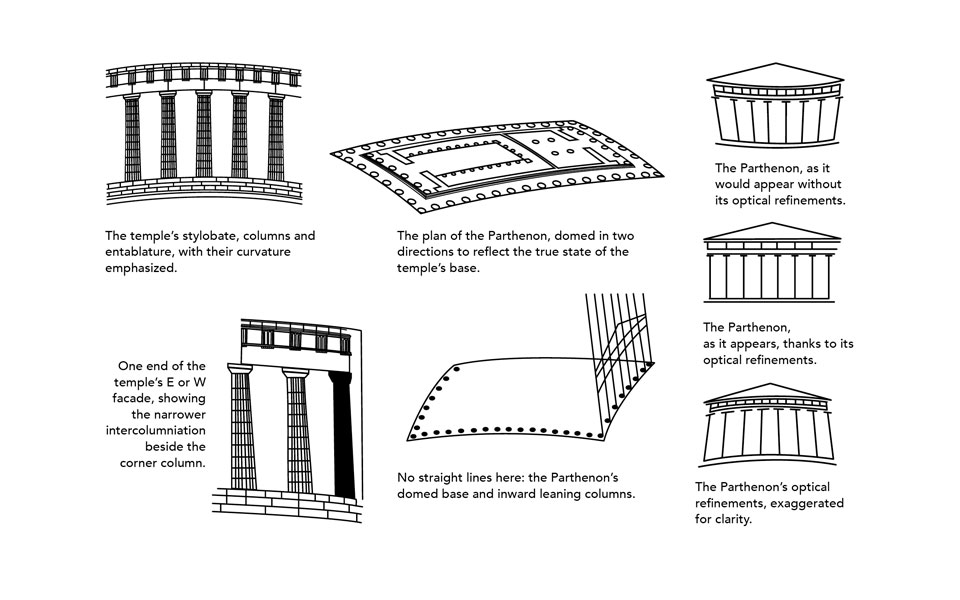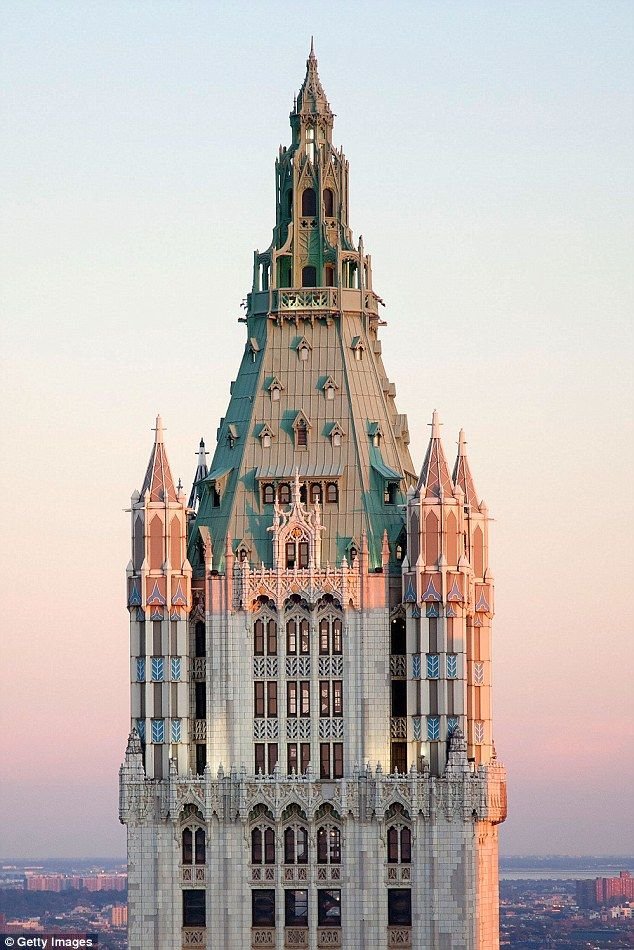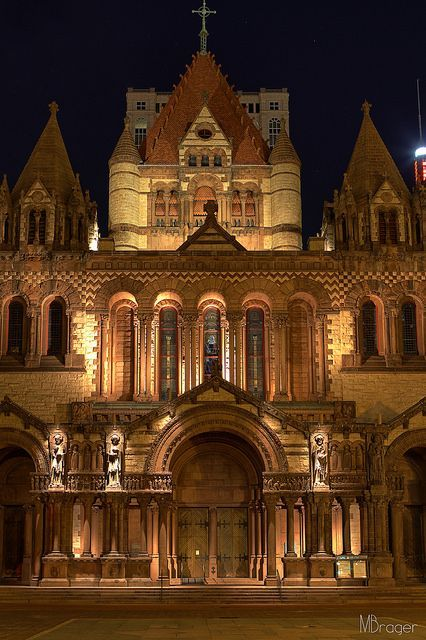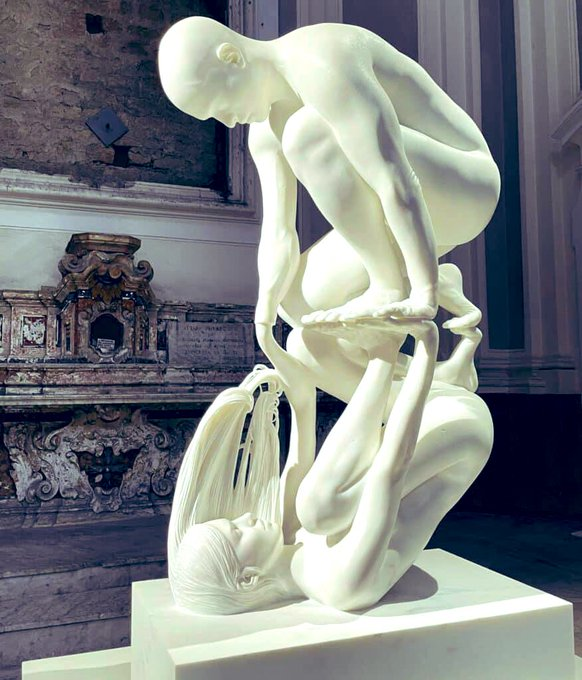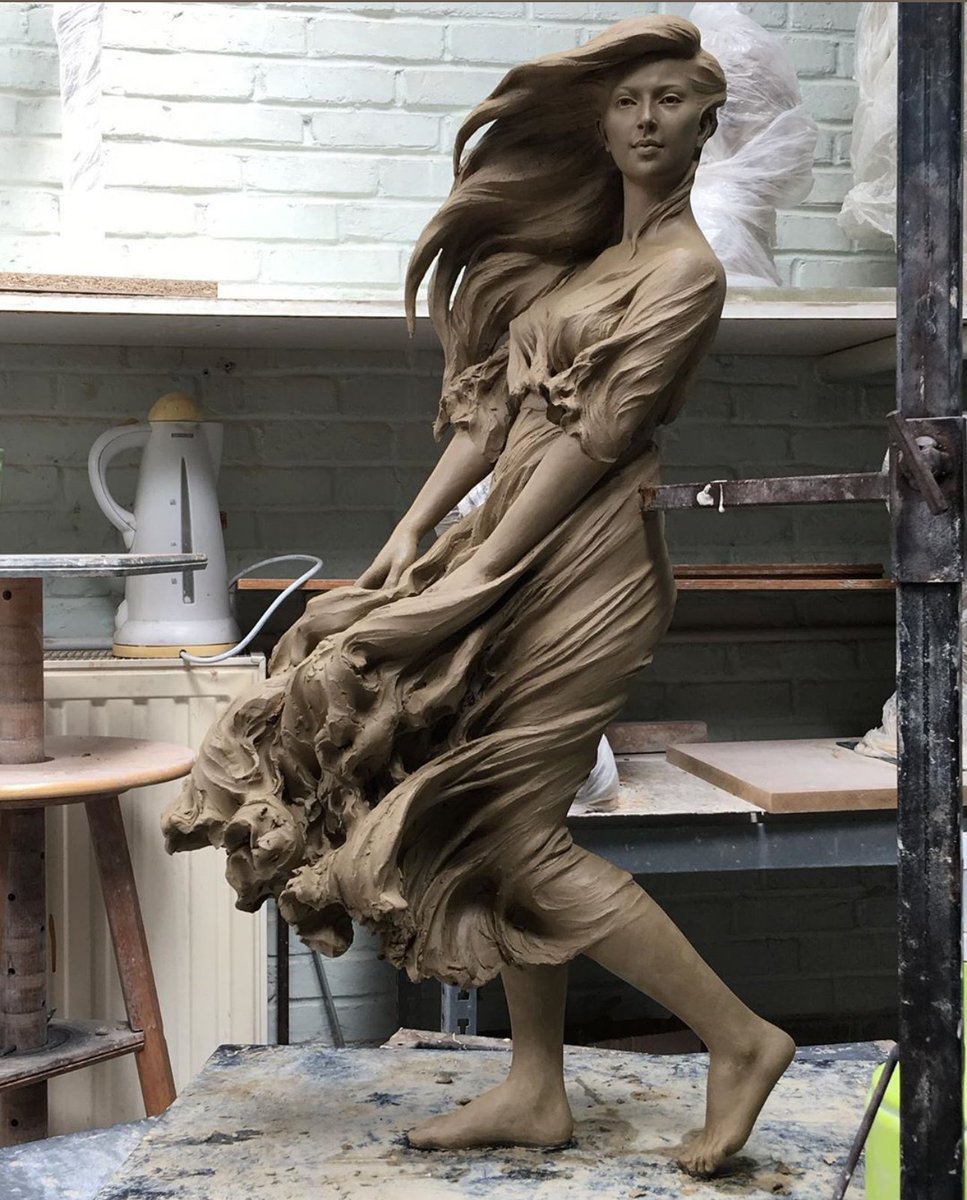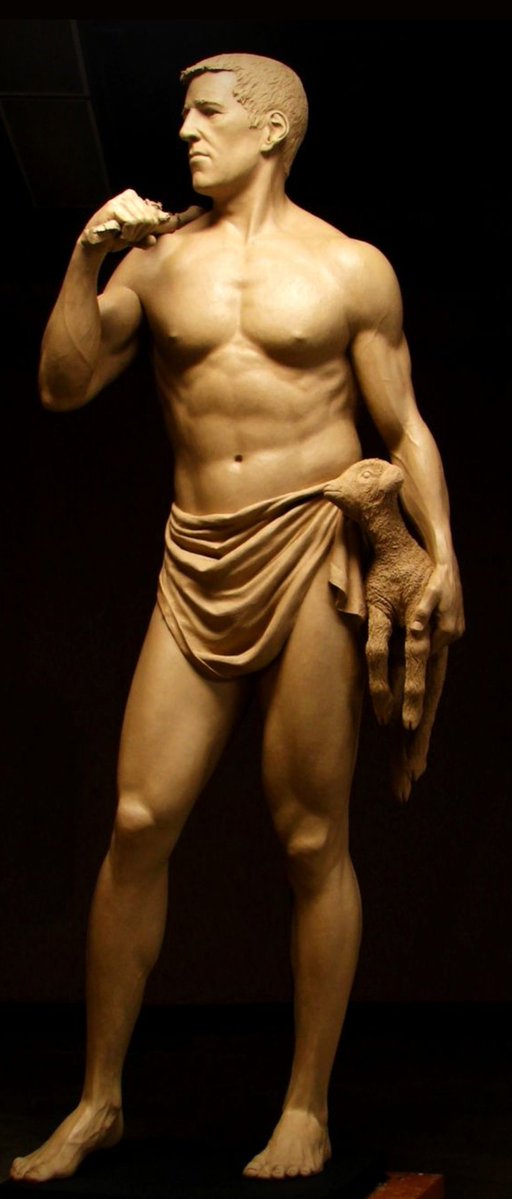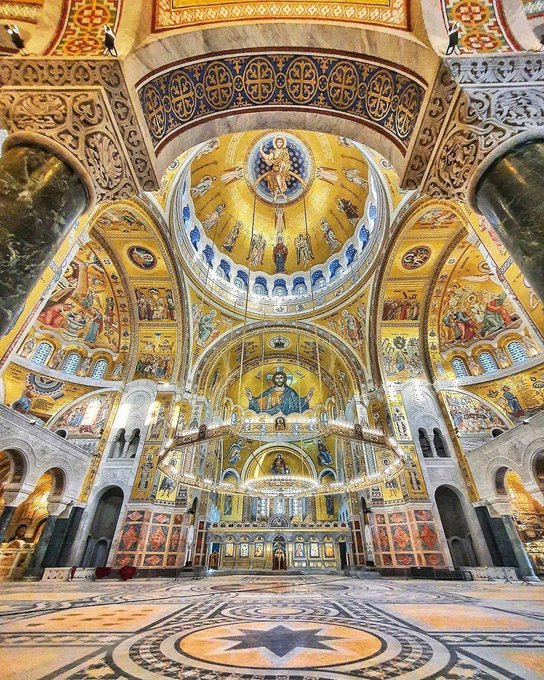Milan’s cathedral took 600 years to complete… But that's not the most remarkable part about it.
More interesting is how it was built and the secrets of its design.
When a design competition took place in 1391, it wasn't an architect who won, but a mathematician... 🧵
More interesting is how it was built and the secrets of its design.
When a design competition took place in 1391, it wasn't an architect who won, but a mathematician... 🧵

Gabriele Stornaloco was a mathematician from Piacenza.
His fix? Overlay the entire plan with equilateral triangles, hexagons, and squares, creating a clear, stable framework the masons could follow without argument.
Stornaloco’s diagram wasn’t a solution the masons lacked, rather it was a validation they needed, proof that their instincts could be backed by a geometric framework, pleasing to scholars and satisfying to the city’s elite.
His fix? Overlay the entire plan with equilateral triangles, hexagons, and squares, creating a clear, stable framework the masons could follow without argument.
Stornaloco’s diagram wasn’t a solution the masons lacked, rather it was a validation they needed, proof that their instincts could be backed by a geometric framework, pleasing to scholars and satisfying to the city’s elite.

The trouble began 5 years earlier.
Duke Gian Galeazzo Visconti wanted Milan to rival Paris and Rome.
He rejected the local Lombard Romanesque style for the new French Rayonnant Gothic.
Taller, lighter, and drenched in decoration.
Duke Gian Galeazzo Visconti wanted Milan to rival Paris and Rome.
He rejected the local Lombard Romanesque style for the new French Rayonnant Gothic.
Taller, lighter, and drenched in decoration.

Every inch would be clad in pink-hued Candoglia marble from quarries near the Ossola Valley.
It would have to be shipped 100 km by canal barge, then lifted by human-powered cranes.
The scale was unprecedented for Italy.
It would have to be shipped 100 km by canal barge, then lifted by human-powered cranes.
The scale was unprecedented for Italy.

By 1402, the cathedral was almost halfway done but war, funding problems, and clashing visions froze construction.
Centuries would pass before it was fully finished.
Centuries would pass before it was fully finished.

Even Leonardo da Vinci and Donato Bramante offered ideas for the central cupola in 1488.
Still, progress was painfully slow.
The façade? Left incomplete for over 400 years.
Still, progress was painfully slow.
The façade? Left incomplete for over 400 years.

Then came Napoleon.
In 1805, before his coronation as King of Italy, he ordered the façade completed in a Neo-Gothic style paid for by the French treasury (a debt Milan never repaid).
They even put a statue of him on a spire.
In 1805, before his coronation as King of Italy, he ordered the façade completed in a Neo-Gothic style paid for by the French treasury (a debt Milan never repaid).
They even put a statue of him on a spire.

Step inside today and you’re under a forest of 24-meter octagonal pillars.
Light pours through vast stained-glass windows, their pointed arches made possible by flying buttresses outside.
Light pours through vast stained-glass windows, their pointed arches made possible by flying buttresses outside.

Look closer at the floor.
A simple brass line marks the cathedral’s sundial designed in 1768 by Brera Observatory astronomers.
At solar noon, a beam of sunlight strikes the exact date on the line.
A simple brass line marks the cathedral’s sundial designed in 1768 by Brera Observatory astronomers.
At solar noon, a beam of sunlight strikes the exact date on the line.

I dive deeper into hidden stories like Stornaloco’s in The Culture Explorer.
Get the details into the Milan cathedral and a four-day Milan itinerary
newsletter.thecultureexplorer.com/subscribe
Get the details into the Milan cathedral and a four-day Milan itinerary
newsletter.thecultureexplorer.com/subscribe

From above, the rooftop is a city of stone.
There are 145 spires, each topped with statues.
The tallest, the u, holds the Madonnina… 4.16 meters of gilded copper that, by law, no building in Milan could surpass until the 20th century.
There are 145 spires, each topped with statues.
The tallest, the u, holds the Madonnina… 4.16 meters of gilded copper that, by law, no building in Milan could surpass until the 20th century.

The statue count is staggering.
3,400 statues on the cathedral, 700 more saints and 135 gargoyles.
No other building on Earth has more.
3,400 statues on the cathedral, 700 more saints and 135 gargoyles.
No other building on Earth has more.

One statue stands out: Marco d’Agrate’s 1562 sculpture of Saint Bartholomew.
Flayed alive for preaching Christianity, he’s shown not in robes but wearing his own skin as a cloak, one of the most unsettling works of Christian art.
Flayed alive for preaching Christianity, he’s shown not in robes but wearing his own skin as a cloak, one of the most unsettling works of Christian art.

The Duomo’s story is one of patience bordering on the absurd: 579 years from groundbreaking to completion.
Stornaloco never saw the final result his geometry made possible.
But without him, Milan’s cathedral might have remained a ruin.
Stornaloco never saw the final result his geometry made possible.
But without him, Milan’s cathedral might have remained a ruin.

We remember the rulers, the generals, the artists.
We rarely remember the mathematicians who gave them the tools to build something that lasts.
Milan’s skyline is his monument, whether the city knows it or not.
We rarely remember the mathematicians who gave them the tools to build something that lasts.
Milan’s skyline is his monument, whether the city knows it or not.

If you visit Milan, stand in the piazza and look up at those spires.
You’re not just seeing Gothic stone, you’re looking at a 14th-century math problem, solved in a way that still holds today.
That’s why Gabriele Stornaloco matters.
You’re not just seeing Gothic stone, you’re looking at a 14th-century math problem, solved in a way that still holds today.
That’s why Gabriele Stornaloco matters.

If this story surprised you, repost it so more people remember Gabriele Stornaloco’s name.
Follow @CultureExploreX for more stories where art and history are hidden in plain sight.
Follow @CultureExploreX for more stories where art and history are hidden in plain sight.

• • •
Missing some Tweet in this thread? You can try to
force a refresh


![Cinderella: a perfect match, an 1818 painting by Jean-Antoine Laurent [fr] Jean-Antoine Laurent • Public domain](https://pbs.twimg.com/media/GxqmDvgWAAAd7qj.jpg)


